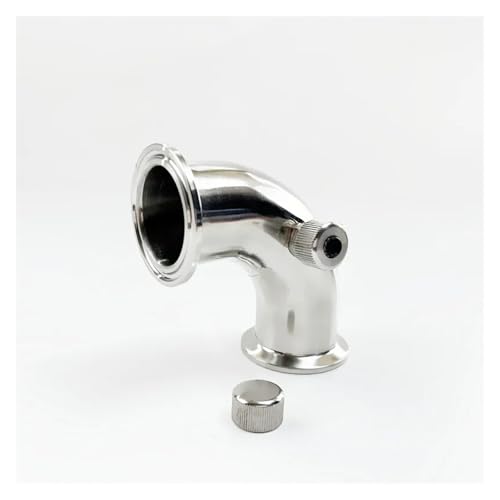BeerEagle
Regular.
Hi guys.
I'm now in to my 7th AG brews, mostly PAs and IPAs. I bottle and leave them in my dining room to clear. After about a week or so they are perfectly shiny and definitely pass the feck test. But a week or two later they seem to develop a very slight haze.
I could understand it if: 1 - it was hazy from the start and never cleared or 2 - I was chilling them and got a protein haze but: clear and then not?
Any idea what's happening?
Thanks
I'm now in to my 7th AG brews, mostly PAs and IPAs. I bottle and leave them in my dining room to clear. After about a week or so they are perfectly shiny and definitely pass the feck test. But a week or two later they seem to develop a very slight haze.
I could understand it if: 1 - it was hazy from the start and never cleared or 2 - I was chilling them and got a protein haze but: clear and then not?
Any idea what's happening?
Thanks

























![BREWING THERMOMETER STICKERS ACCURATELY MONITOR FERMENTING BEER & WINE LIQUID TEMPERATURES 5PCS HOME BREW SPIRITS WINE LCD ADHESIVE [US]](https://m.media-amazon.com/images/I/311DDjo2X3L._SL500_.jpg)














